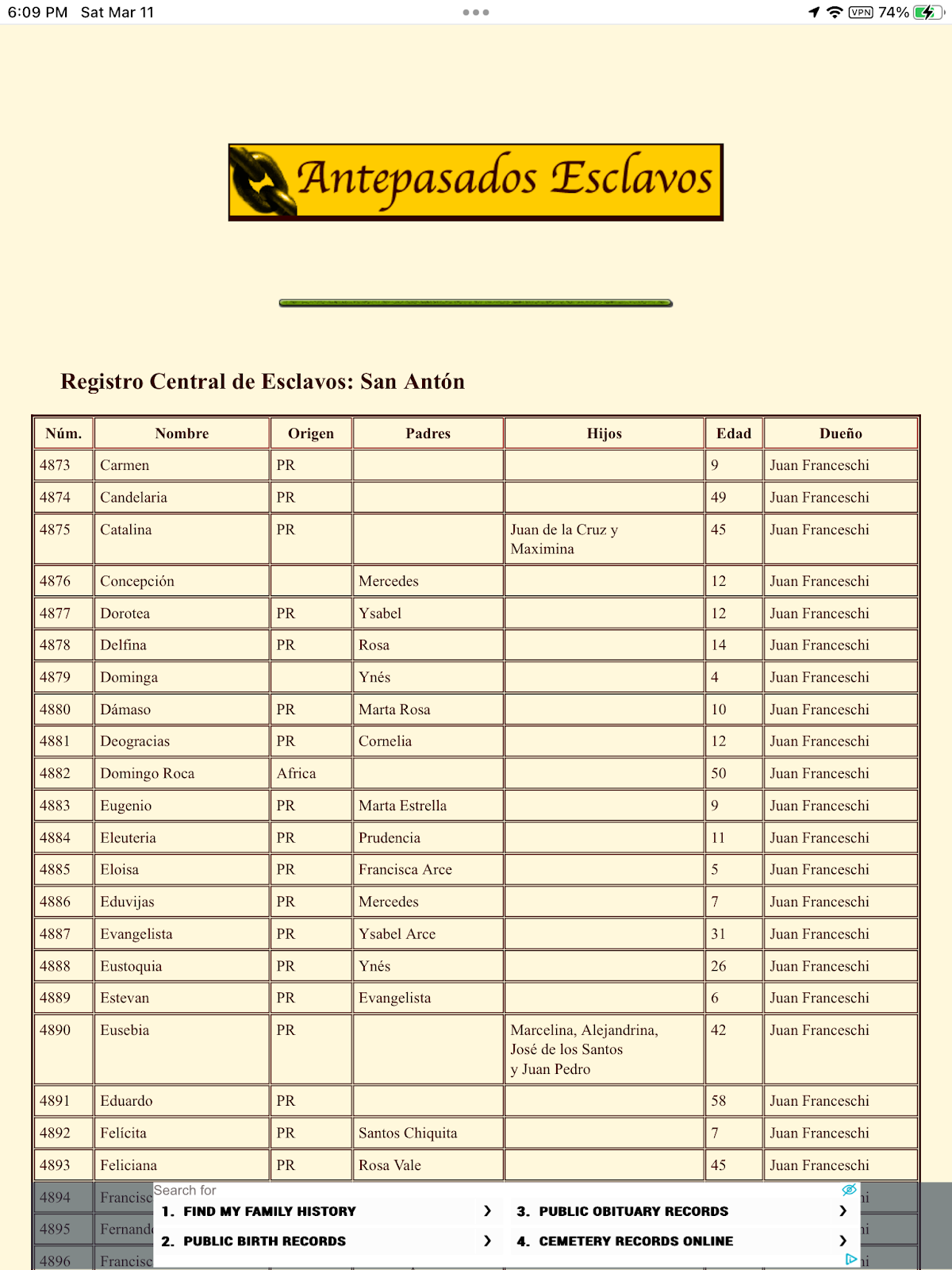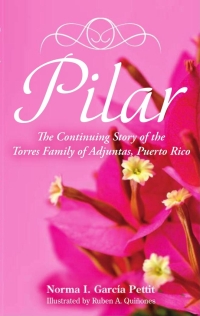The Barrio of the Freed Slaves
The setting for Sebastián is in Ponce, Puerto Rico from September 1870 to September 1871. Even though slavery in the United States had been abolished since December 6, 1865, Puerto Rico was still a colony of Spain at that time. Under Spanish rule, slavery on the island still existed, although it was nearing its end. Sebastián Torres, born and raised in the mountains of Adjuntas, had never even seen a slave until moving to Ponce and visiting the barrio of San Antón.
San Antón is one of Ponce’s oldest barrios and is believed to be the site where the Spanish colonists first settled, on the bank of the Río Portugués. The barrio’s name was derived from a chapel built there in the late 16th century to honor San Antonio Abad. In Chapter 16, Sebastián comes face to face with some black toddlers and their elderly grandparents in that barrio.
When they packed up and left the ceiba tree, Jorge drove the team through the dirt roads of San Antón. Sebastián had never seen so many ramshackle huts in one place. Little black children with big eyes and undernourished bodies scantily clad in raggedy clothing peeped out from doorways. The only adults that were with these small children were elderly men and women, their bodies bent from decades of hard labor.
“The parents and older siblings of these little children are working at the Hacienda Estrella, said Jorge. “That coffee plantation—and its one hundred or more workers—are the property of Juan Franseschi. The Moret Law that was recently passed gives freedom to slaves over the age of sixty and to babies born after 1868.”
Juan Franceschi was the owner of Hacienda Estrella, a sugarcane plantation. In 1872 he owned 120 slaves in San Antón. Below is a partial list of his slaves.

On March 22, 1873, the Spanish National Assembly abolished slavery in Puerto Rico, freeing 29,335 slaves, which constituted 5% of the Puerto Rican population. However, it was stipulated that freed slaves would still have to work their owner’s land for three more years and slave owners would be compensated 35 million Spanish pesetas per slave. It would be another five years before freed blacks would gain any political rights.
